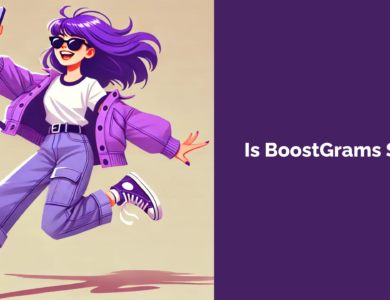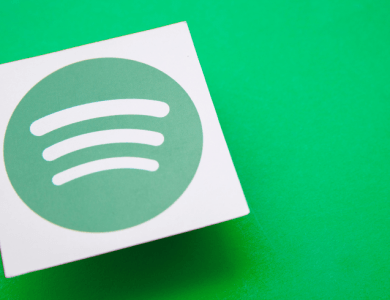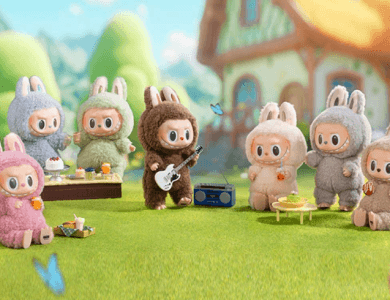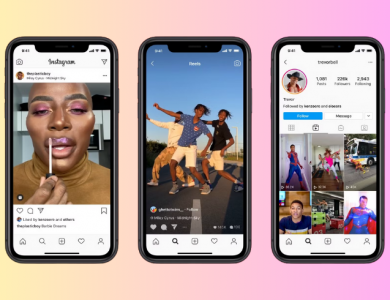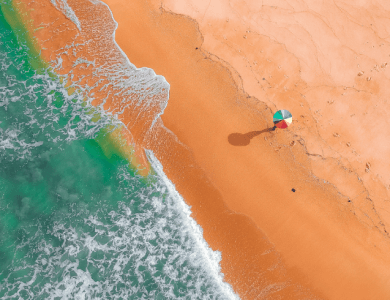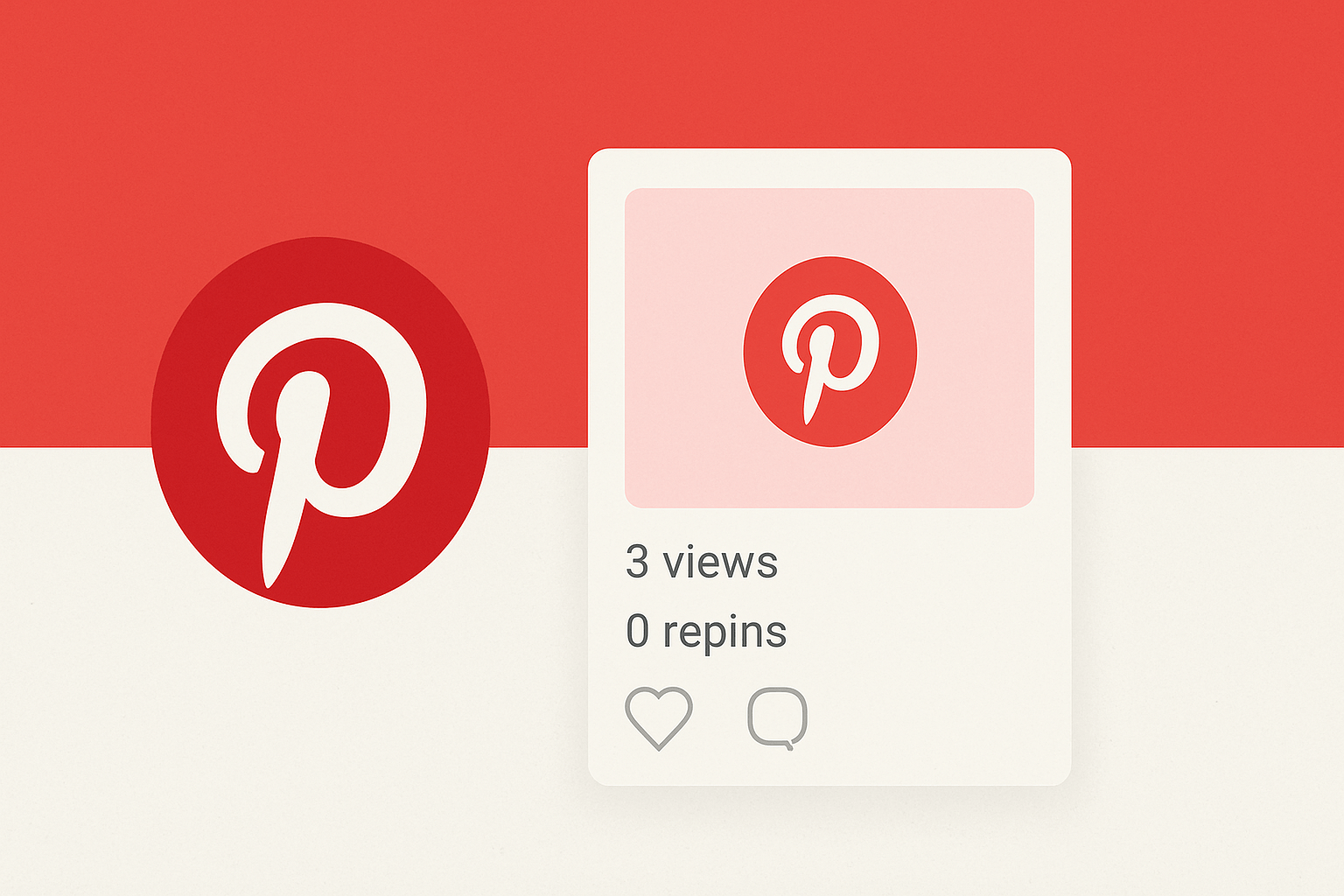
Pinterest can be a powerful platform for content creators, small business owners, and visual storytellers. But if you’ve found yourself asking, “Why are my Pinterest posts getting low views?”, you’re not alone. Many users pour effort into creating beautiful pins only to see disappointing performance metrics.
In this blog, we’ll explore the possible reasons behind low views on Pinterest, backed with actionable strategies to help you boost your visibility and engagement.
Contents
- Understanding Pinterest’s Algorithm
- 1. Poor Keyword Optimization
- 2. Inconsistent Pinning Schedule
- 3. Low-Quality Images
- 4. Lack of Fresh Content
- 5. Weak Call to Action (CTA)
- 6. Neglected Boards
- 7. Not Claiming Your Website
- 8. You’re New (or Just Returned)
- 9. Your Niche Is Ultra-Competitive
- 10. Ignoring Analytics
Understanding Pinterest’s Algorithm
Before diving into specific reasons, it’s essential to grasp how Pinterest works. Pinterest is not a traditional social media platform—it’s more like a visual search engine. Its algorithm is designed to serve users the most relevant and engaging content based on their interests, searches, and past behavior.
So when you ask, “Why are my Pinterest posts getting low views?”, part of the answer may lie in how well your content aligns with Pinterest’s algorithmic preferences.
1. Poor Keyword Optimization
Pinterest heavily relies on keywords to categorize and serve content. If your pin titles, descriptions, and board names are not optimized for search terms people actually use, your content may be invisible to potential viewers.
What You Can Do:
Use Pinterest Trends Tool to find relevant keywords.
Incorporate primary and secondary keywords in pin titles and descriptions.
Optimize your board names and descriptions for SEO.
2. Inconsistent Pinning Schedule
Pinterest favors consistent activity. If you pin sporadically—say, once a week or just when you remember—it may hurt your visibility. The algorithm rewards regular, frequent activity.
Solution:
Use Pinterest scheduling tools like Tailwind to plan pins.
Aim to pin at least 5–10 times a day, mixing your own content with high-quality third-party content.
3. Low-Quality Images
Pinterest is a visual platform, and poor-quality or bland images don’t get clicks or saves. If your pins are not visually compelling, users are likely to scroll past them.
Best Practices:
Use vertical images (1000×1500 px is ideal).
Include clear, readable text overlays.
Stick to a consistent visual style to build brand recognition.
4. Lack of Fresh Content
Pinterest loves “fresh pins”—new images, new descriptions, or variations of previous posts. If you keep repinning the same graphics, you’re less likely to appear in users’ feeds.
How to Stay Fresh:
Create multiple versions of the same content with different graphics.
Reuse blog posts by making new pin images for each.
Try seasonal or trend-based variations of evergreen content.
5. Weak Call to Action (CTA)
Even if someone sees your pin, they need a compelling reason to click or save it. Pins with generic or missing CTAs often underperform.
Examples of Strong CTAs:
“Click to read the full tutorial”
“Save this for later!”
“Shop the full look now”
Adding a call to action can make a significant difference in engagement, which directly impacts views over time.
6. Neglected Boards
Your boards are as important as your pins. If they’re messy, poorly labeled, or irrelevant, Pinterest won’t see them as valuable sources of content.
Board Optimization Tips:
Make sure board titles are keyword-rich and descriptive.
Keep only niche-relevant boards (delete or archive outdated ones).
Regularly update your boards with fresh pins.
7. Not Claiming Your Website
If you haven’t claimed your website on Pinterest, you’re missing out on key analytics and a credibility boost in the algorithm’s eyes.
Why It Matters:
Claimed websites receive more distribution.
You gain access to Pinterest Analytics for your domain.
It builds trust with users, encouraging more engagement.
8. You’re New (or Just Returned)
If your account is new or you’ve been inactive, Pinterest will take some time to warm up to your content. Low views at the beginning are normal, but consistency and optimization will lead to gradual growth.
Tips for New Accounts:
Focus on creating at least 10 optimized boards with 20–30 pins each.
Join group boards to expand your reach.
Stick to a consistent posting schedule for at least 90 days.
9. Your Niche Is Ultra-Competitive
Some niches, like home decor or fashion, are extremely saturated. If you’re not differentiating your content, it might drown in a sea of similar-looking pins.
Stand Out By:
Narrowing your niche (e.g., “budget boho home decor” instead of just “home decor”).
Offering unique value: tutorials, printables, behind-the-scenes insights.
Leveraging seasonal content to capitalize on spikes in search traffic.
10. Ignoring Analytics
If you’re not tracking your pin performance, it’s hard to know what’s working. Pinterest Analytics (or Tailwind Insights) can help you identify which pins drive the most traffic and engagement.
Metrics to Watch:
Impressions: How often your pin is shown.
Saves: Indicates interest and shareability.
Clicks: Shows traffic potential.
Top Boards: Reveal what themes your audience loves.
So, why are your Pinterest posts getting low views? As you can see, it’s likely a combination of factors—poor optimization, inconsistent pinning, uninspiring visuals, or neglected strategy. The good news is that with the right adjustments, Pinterest can become a steady source of traffic and growth for your content or business.
Remember: Pinterest rewards value, consistency, and relevance. By applying the strategies above, you can gradually improve your reach and make your content more discoverable.
